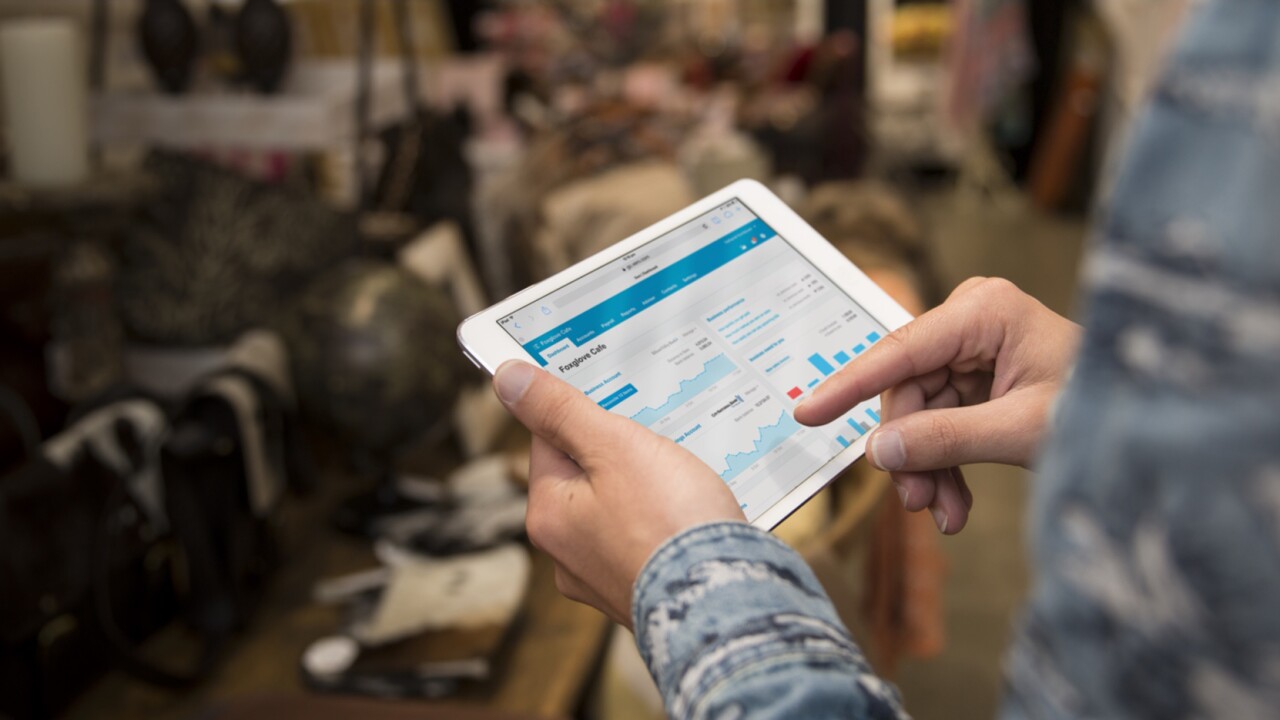While electronic payments in the business world have certainly been on the rise in recent years, 2019 will see a big uptick in adoption. The consumer payments space has already embraced electronic payments in favor or cash and checks widely; but now, according to a Bill.com survey, businesses are catching up.
Respondents to the survey, all of whom were accountants and bookkeepers and included Accounting Today readers, indicated that paper check usage continues to decline and electronic payments have become mainstream, largely due to the increases in efficiency and convenience they offer for accounting firms and their clients.
“Accountants are coming around to the benefits of digital payments,” said Mark Gervase, director of product marketing for Bill.com, in conversation with Accounting Today. “They like the speed and ease of having all the data there. Things are just becoming more automated. We’re not taking check registers into accounting and bank software and being this human middleware that has to glue it all together. With the digital payments it’s integrated, it’s got the audit trail, and it’s easier to work with.”
Paying client and firm bills online is now very mainstream for accountants and bookkeepers. The survey showed 73 percent of respondents use ACH payments and online banking to pay bills for clients, more than half reported that they no longer use handwritten checks, and paper checks both handwritten and computer-printed ranked at the top of the list for methods of payment used less this year compared to last year. Only 6 percent of respondents said they don’t use any form of digital payments to pay bills for clients.
The top reasons accountants recommend digital payments were the increased speed of processing and reconciling payments, the ease of working with an all-digital system, and the ability to handle digital payments anytime, anywhere. Also important was the automatic audit trail left by such payments. Almost half of all respondents agreed that digital payments help them manage client cash flow better, and provide them more data with which to act as trusted advisors.

Perhaps most key is the fact that clients, who move about the world as consumers as well, often request digital forms of making payments from their accountants. Nearly 75 percent of the accountants surveyed who currently offer bill payment services reported that they do so because their clients request them.
New and emerging digital payment options are gaining traction in accounting as well. Of the firms surveyed, 3 percent said they use virtual credit cards more often than last year to pay their own bills, and 7 percent said their use of virtual cards remains the same as last year. Likewise, 1 percent said they use cryptocurrency more this year than last year to pay their own bills, and 2 percent said they have maintained the same frequency of usage for cryptocurrency compared to the previous year. For client bill payments, this trend has lagged slightly behind accounting firms' own payment choices, with less than 1 percent of accounting professionals saying they use cryptocurrency to pay client bills more than last year and 3 percent saying the same for virtual credit cards.
“Ten percent of firms are using virtual cards at the same or greater amount than in the past,” Gervase noted. “It’s not part of the mainstream yet, but once you hit 10 percent you’re starting to see some significant adoption. There’s been some interest from firms wanting to know more about that, and the same for crytpocurrency. While crypto use is only at 3 percent, certainly the 1 percent that are paying their clients bills on that shows that there is a demand. We anticipate this continuing to rise in the future.”
Finally, as businesses increasingly work across borders, international payments become an issue they have to deal with. Forty-one percent of the surveyed accountants report that their clients pay foreign vendors, a percentage that is predicted to rise in the coming year. Digital payment forms such as bank wires are slowly subsiding in favor of cloud-based payment solutions, which simplify cross-border payments.
The main complaints from respondents regarding international payments included high bank fees, the length of time required to process them, and complications with calculating conversion rates. Digital business payments should help alleviate some of these problems because of the speed of delivery, electronic audit trails, the ability to pay in local currencies, and lower rates compared to wire transmissions. Bill.com predicts that their prevalence will grow as clients’ networks of global vendors grow.
“Payments are rapidly evolving for accounting firms, as digital payments are now more often used than paper checks,” said Vinay Pai, senior vice president of engineering for Bill.com, in a statement. “Enterprising accounting firms have already begun to work with new digital payment methods like cryptocurrencies and virtual credit cards, which gives them valuable experience and competitive advantages as these forms move towards mainstream acceptance."
For the full survey, click





